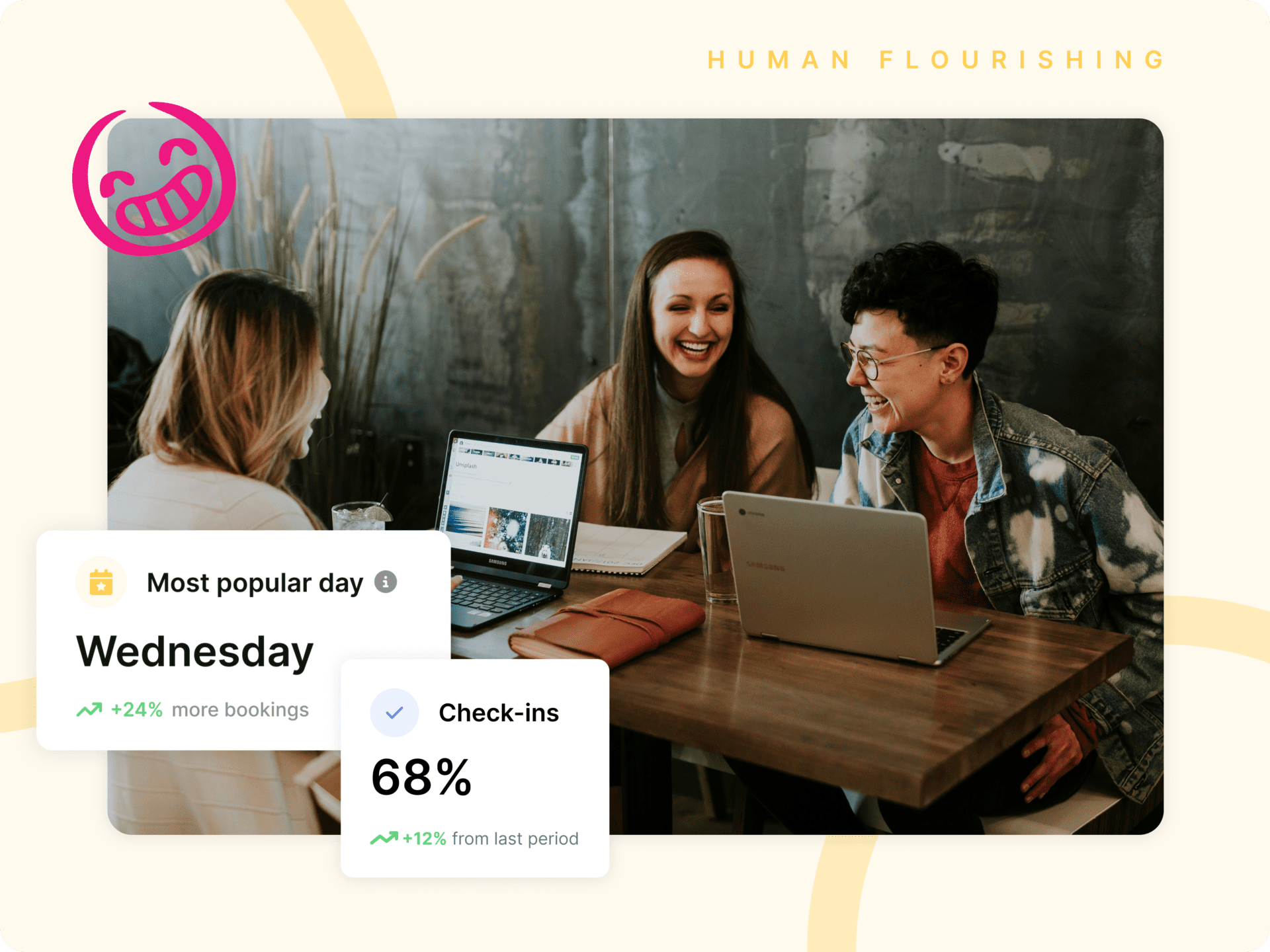What Employees Are Looking For In A Hybrid World

The past two years of remote work have done more than change the way we view the office, they’ve reshaped the way we think about work entirely. We now know that it’s possible to work from home and still keep business going as usual. In fact, one study found that more than 20 percent of the workforce could work remotely three to five days a week and do their jobs just as well as they could if they were at the office.
The strain of the pandemic has put a spotlight on what aspects of current workplace culture are relevant and which have become outdated — and among those outdated aspects, employees are no longer interested in working for employers who don’t embrace and offer flexible work options.
Many employees want hybrid, remote, or otherwise flexible options to stick around. And, as aspects of the accelerating ‘Great Resignation’ show, some employees are willing to resign or would consider quitting their jobs rather than being forced to return to the office full-time. We are now in the midst of a ‘workers economy,’ and professionals are more ready than ever to look for work elsewhere or resign if they aren’t getting what they need from their employer. Meanwhile on the employer side, many leaders are tied between being excited about the benefits of implementing a permanent flexible work strategy (and feeling that this change is inevitable) and worrying about how remote work might affect productivity.
Clearly, the pandemic has accelerated employee demand for a more modern employee-employer relationship — specifically, one in which everyone is invested in creating a work environment that balances employer and employee needs. Still, both employees and employers might feel anxious about the current ambiguousness around what “flexibility” really means or look like — and that makes sense. This is a new arena for everyone, but companies have a simple (and don’t confuse that term with ‘easy’!) opportunity to find their footing. How? By communicating with employees directly to find out what they are looking for in “flexible” models.
True flexibility, not one-size-fits-all
One of the biggest factors shaping what employees want from future flexible work models can be summed up in one word: choice. And specifically, that means understanding that true flexibility has to meet the needs of each individual employee’s schedule. Professionals are interested in work models that allow them to work with their managers on an individual basis to shape their work schedules, and that means no one-size-fits-all models. If an employee is required to be in the office every Monday through Wednesday no matter what, that isn’t flexibility.
Smarter use of physical office space
Part of the transformation happening in today’s working world involves changing the way we think about the time we spend together as a team. Professionals now know that many tasks can be done just as well from home as they can in the office, so requiring employees to come into the office at arbitrary times can often make workers feel like they’re being needlessly chained to their desks. However, this doesn’t mean that employees never want to come in — one aspect of work life that can’t quite be matched in the virtual world is the magic of in-person collaboration. There are many in-person chance encounters in the office that lead to innovation or help employees better explore spur-of-the-moment ideas.
Employees value time spent together when it is purposeful, whether that means project-specific or centered on team building. So, one key approach employers can take to creating a flexible plan involves becoming highly strategic about when employees come in and what the purpose of their time in the office is. Tools like Kadence help businesses make the most of their office space by helping users map out their whole office, giving employees the opportunity to book desks on certain days, and letting employees see who else is in the office on what days — all features that help different employees and teams plan team days for in-office brainstorming and use their time more effectively. Not only does this benefit employees, it also benefits companies: one study found that if a company let employees work from home half of the time, it would save about $11,000 per employee.
More flexibility when in-office
With the idea of flexibility already on the table, many employees would appreciate more flexibility being incorporated into their time in-office. Along with strategising to use office time more purposefully, it’s important for employers to consider other ways employees would like to see office time re-shaped.
For example, a recent survey found that many offices are likely to adopt more pet-friendly office policies post-pandemic (partly because so many people adopted new pets while working from home). One other major concern occupying the minds of many professionals when discussing returning to the office includes the need for newer, better childcare offerings coming directly from businesses. Company leadership needs to have their finger on the pulse of these concerns in order to start collaborating with employees to build truly impactful flexible plans — that’s the reason Good Eggs focuses on constantly monitoring and recording what today’s employees are searching for, including how many workers are specifically looking for employers that offer a wide variety of flexible options.
All of the previous points can fall under one major umbrella point that professionals are looking for in a hybrid world: employers who are willing to go through a trial and error period in order to figure out what really works. This means experimenting with plans that target a range of employee preferences and actively seeking out employee feedback. We’re collectively in the process of moving away from what we’ve always considered ‘normal’ in the workplace, but what awaits on the other side is a workplace that is truly holistic, built on both productivity and care.
Learn more about Good Eggs here



